© 2019 EPFL / Alain Herzog. OpticSELINE electrode array for intraneural stimulation of the optic nerve, developed in the Translational Neural Engineering Lab, and used in preliminary studies.


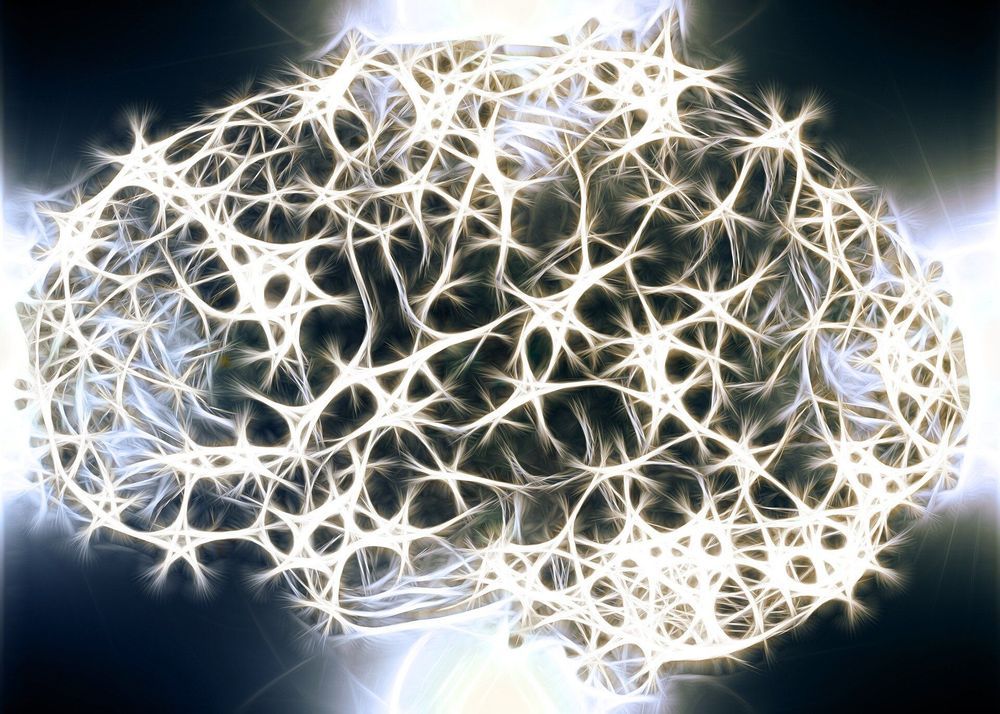
Scientists have identified a specific gene they believe could be a key player in the changes in brain structure seen in several psychiatric conditions, such as schizophrenia and autism.
The team from Cardiff University’s Neuroscience and Mental Health Research Institute has found that the deletion of the gene CYFIP1 leads to thinning of the insulation that covers nerve cells and is vital for the smooth and rapid communications between different parts of the brain.
The new findings, published in the journal Nature Communications and highlighted in the journal Nature Reviews Neuroscience, throws new light on the potential cause of psychiatric conditions and could ultimately point to new and more effective therapies.
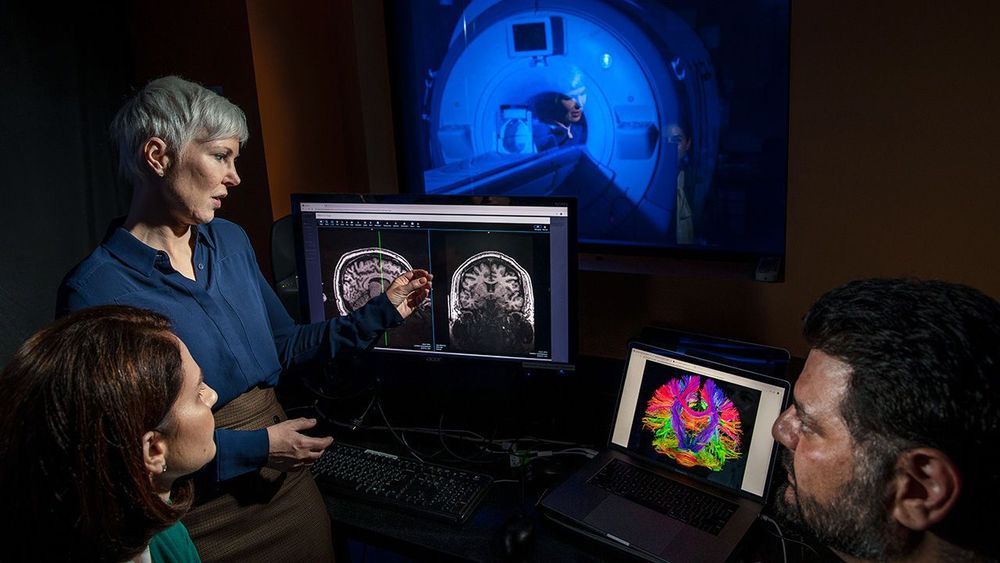
By his late 20s, Moe had attained the young adult dream. A technology job paid for his studio apartment just blocks from the beach in Santa Barbara, California. Leisure time was crowded with close friends and hobbies, such as playing the guitar. He had even earned his pilot’s license. “There was nothing I could have complained about,” he says.
Yet Moe soon began a slide he couldn’t control. Insomnia struck, along with panic attacks. As the mild depression he’d experienced since childhood deepened, Moe’s life collapsed. He lost his job, abandoned his interests, and withdrew from his friends. “I lost the emotions that made me feel human,” Moe says. (He asked that this story not use his full name.)
Although many people with depression respond well to treatment, Moe wasn’t one of them. Now 37, he has tried antidepressant drugs and cycled through years of therapy. Moe has never attempted suicide, but he falls into a high-risk group: Though most people with depression don’t die by suicide, about 30% of those who don’t respond to multiple antidepressant drugs or therapy make at least one attempt. Moe was desperate for relief and fearful for his future. So when he heard about a clinical trial testing a new approach to treating depression at Stanford University in Palo Alto, California, near his home, he signed up.
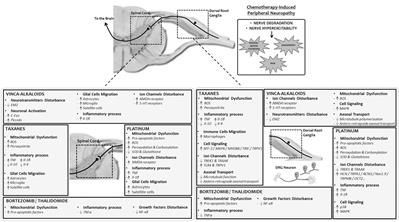
Neurotoxic anticancer drugs, such as platinum-based anticancer drugs, taxanes, vinca alkaloids, and proteasome/angiogenesis inhibitors are responsible for chemotherapy-induced peripheral neuropathy (CIPN). The health consequences of CIPN remain worrying as it is associated with several comorbidities and affects a specific population of patients already impacted by cancer, a strong driver for declines in older adults. The purpose of this review is to present a comprehensive overview of the long-term effects of CIPN in cancer patients and survivors. Pathophysiological mechanisms and risk factors are also presented. Neurotoxic mechanisms leading to CIPNs are not yet fully understood but involve neuronopathy and/or axonopathy, mainly associated with DNA damage, oxidative stress, mitochondria toxicity, and ion channel remodeling in the neurons of the peripheral nervous system. Classical symptoms of CIPNs are peripheral neuropathy with a “stocking and glove” distribution characterized by sensory loss, paresthesia, dysesthesia and numbness, sometimes associated with neuropathic pain in the most serious cases. Several risk factors can promote CIPN as a function of the anticancer drug considered, such as cumulative dose, treatment duration, history of neuropathy, combination of therapies and genetic polymorphisms. CIPNs are frequent in cancer patients with an overall incidence of approximately 38% (possibly up to 90% of patients treated with oxaliplatin). Finally, the long-term reversibility of these CIPNs remain questionable, notably in the case of platinum-based anticancer drugs and taxanes, for which CIPN may last several years after the end of anticancer chemotherapies. These long-term effects are associated with comorbidities such as depression, insomnia, falls and decreases of health-related quality of life in cancer patients and survivors. However, it is noteworthy that these long-term effects remain poorly studied, and only limited data are available such as in the case of bortezomib and thalidomide-induced peripheral neuropathy.
Platinum-based anticancer drugs (i.e., cisplatin, oxaliplatin), proteasome/angiogenesis inhibitors (bortezomib/thalidomide), vinca alkaloids (i.e., vincristine, vinorelbine) and taxanes (i.e., paclitaxel, docetaxel) are the most common anticancer drugs used as first-line chemotherapy for several cancers, including colorectal, gastric, breast and lung cancers, and multiple myeloma. Despite their different action mechanisms, all these anticancer drugs share a common adverse and disabling effect for patients, namely CIPN (Balayssac et al., 2011). CIPN has a considerable impact on cancer treatments and their related symptoms severely affect patients’ daily activities and quality of life. Thus CIPN is often the main adverse effect leading to the reduction or discontinuation of chemotherapy.
Scientists discovered the Origin of Schizophrenia and managed to treat it!

Researchers at the Stanford University School of Medicine report in a new study that they found a way to help rats recover neurons in the brain’s center of learning and memory. They accomplished the feat by blocking a molecule that controls how efficiently genetic instructions are used to build proteins.
If the approach described in the study can be applied to humans, it may one day help patients who’ve suffered a stroke, cardiac arrest or major blood loss and are thus at higher risk of memory loss.
In the study, to be published online Aug. 19 in eNeuro, researchers induced extremely low blood pressure—as would happen when the heart stops beating—in rats. These rats lost neurons in a specific region of the hippocampus critical to learning and memory, but the researchers improved the animals’ recovery of the cells by injecting a molecule that blocks a microRNA: a short molecule that tweaks gene activation by preventing the conversion of genetic blueprints into proteins. Interestingly, the scientists found that a microRNA blockade potentially causes astrocytes—cells that support neurons and make up 50% of the cells in the brain—to turn into neurons.
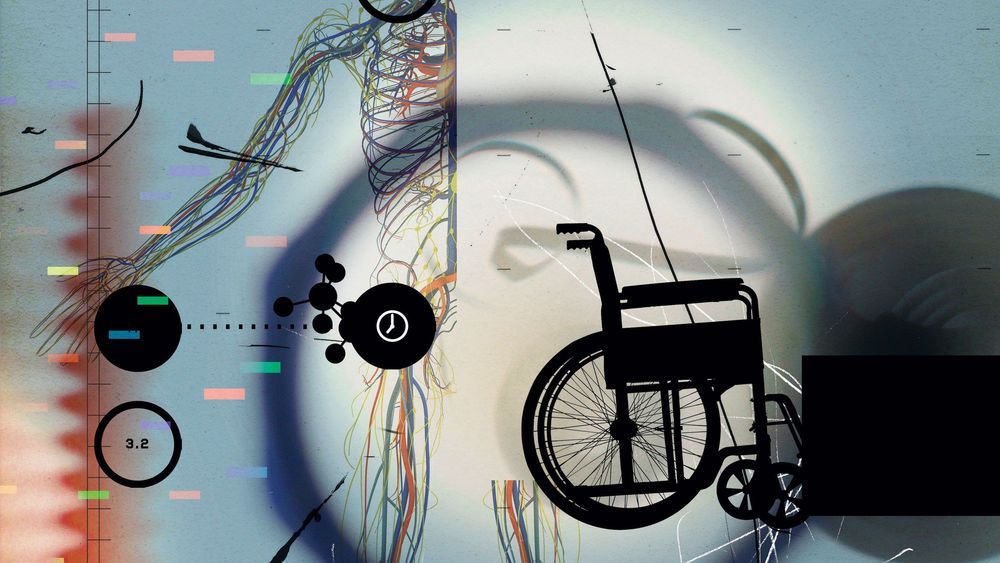
Each Cyclops had a single eye because, legend has it, the mythical giants traded the other one with the god Hades in return for the ability to see into the future. But Hades tricked them: the only vision the Cyclopes were shown was the day they would die. They carried this knowledge through their lives as a burden—the unending torture of being forewarned and yet having no ability to do anything about it.
Since ancient times, aging has been viewed as simply inevitable, unstoppable, nature’s way. “Natural causes” have long been blamed for deaths among the old, even if they died of a recognized pathological condition. The medical writer Galen argued back in the second century AD that aging is a natural process.
His view, the acceptance that one can die simply of old age, has dominated ever since. We think of aging as the accumulation of all the other conditions that get more common as we get older—cancer, dementia, physical frailty. All that tells us, though, is that we’re going to sicken and die; it doesn’t give us a way to change it. We don’t have much more control over our destiny than a Cyclops.
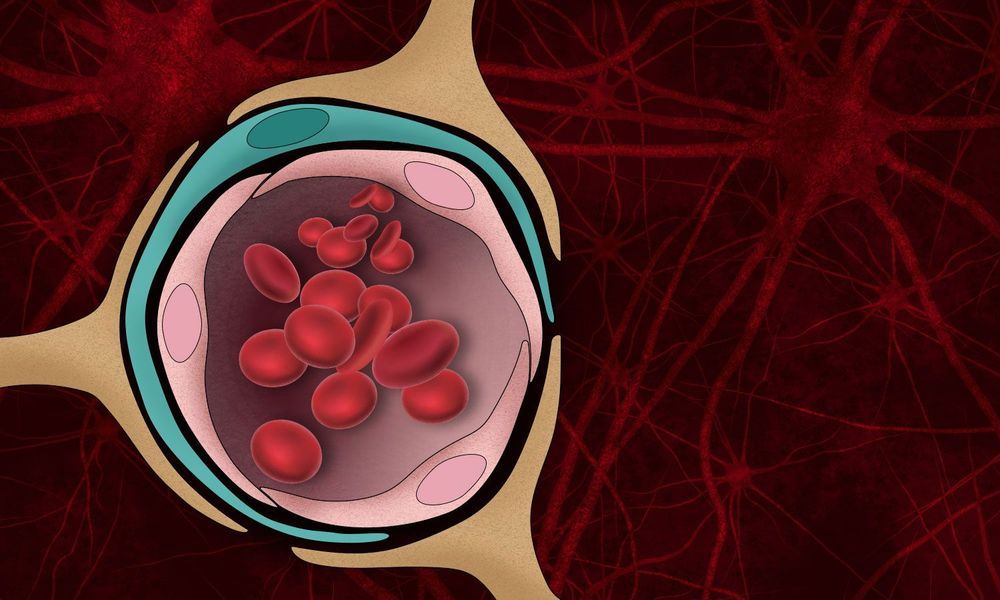
Today, we’re offering another discussion from Ending Age-Related Diseases 2019, our highly successful two-day conference that featured talks from leading researchers and investors, bringing them together to discuss the future of aging and rejuvenation biotechnology.
Today, we’re offering another talk from Ending Age-Related Diseases 2019, our highly successful two-day conference that featured talks from leading researchers and investors, bringing them together to discuss the future of aging and rejuvenation biotechnology.
Ronald Kohanski, Deputy Director of the Division of Aging Biology at the National Institute of Aging, gave a talk entitled Concepts and Perspectives in Geroscience. He discussed the ways in which aging affects systems and cells, the problems with using lifespan as an endpoint, the concept of resiliency, parabiosis, telomeres, unexpected effects at a distance with regards to interventions, and several in-depth concepts relating to the aging of specific cell types, such as muscle and brain cells.
Great discuss of time travel by Dr. Brain greene.